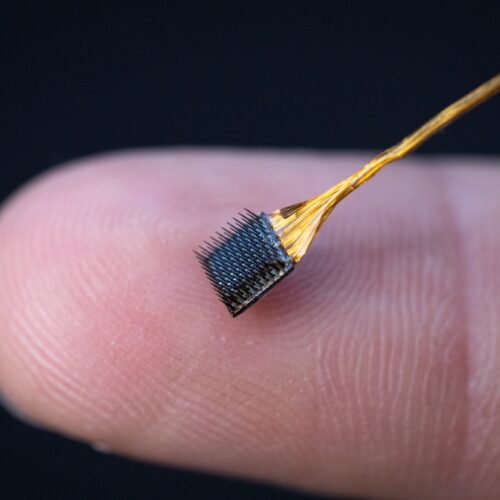Time is running out for SpaceX to make a splash with second-gen Starship
STARBASE, Texas—A beehive of aerospace technicians, construction workers, and spaceflight fans descended on South Texas this weekend in advance of the next test flight of SpaceX's gigantic Starship rocket, the largest vehicle of its kind ever built.
Towering 404 feet (123.1 meters) tall, the rocket will lift off during a one-hour launch window beginning at 6:30 pm CDT (7:30 pm EDT; 23:30 UTC) Sunday. The main concern for Sunday's launch attempt will be weather conditions at Starbase, located a few miles north of the US-Mexico border. There's just a 45 percent chance of favorable weather for liftoff Sunday, according to SpaceX.
It will take about 66 minutes for the rocket to travel from the launch pad in Texas to a splashdown zone in the Indian Ocean northwest of Australia. You can watch the test flight live on SpaceX's official website. We've also embedded a live stream from Spaceflight Now and LabPadre below.


© Stephen Clark/Ars Technica






































